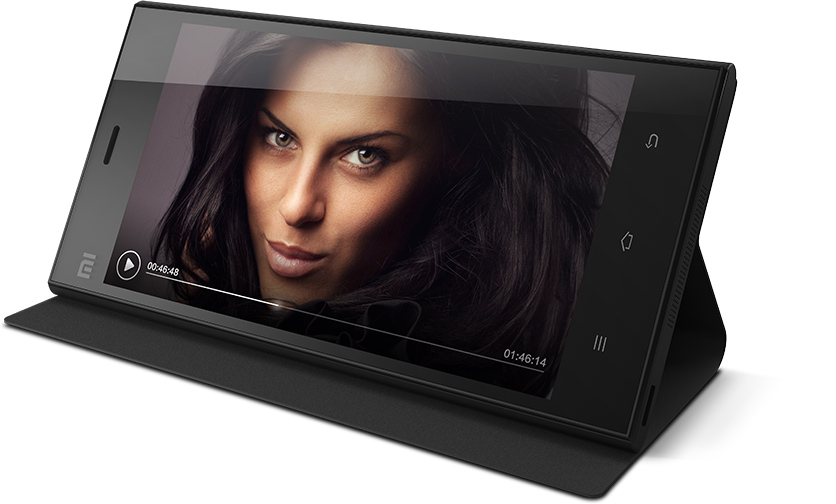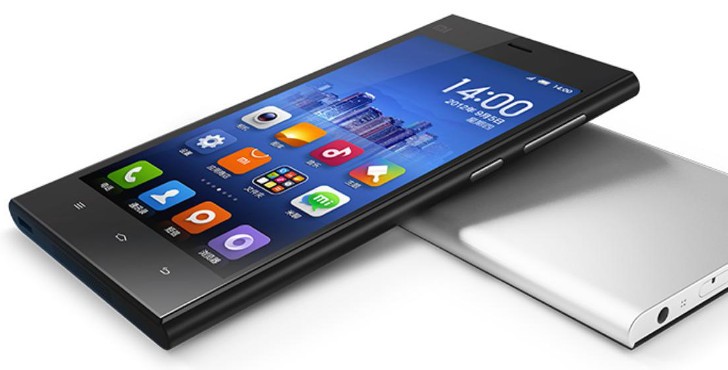
You’ve probably never heard of them unless you live in China, but Xiaomi is now the world’s third largest smartphone manufacturer behind Samsung and Apple — and they’re catching up fast.
In just three years, the Beijing-based company has sold over 57 million phones; it has also propelled its founder (Lei Jun) to number 9 on Forbes’ China Rich List. This is a remarkable feat for a privately-owned company that operates primarily in its home market and sells phones much cheaper than its competition. Apparently this method is working because Xiaomi has increased their sales figures by 211.3% in exactly one year.
Xiaomi is committed to creating great products at affordable prices and there’s a good reason why you’ve never heard of them: They don’t advertise. Instead, they rely on their satisfied customers to spread the word about their devices. And while there is no denying their phones are not the best-in-class, they are definitely worth the price.
Unfortunately, because they mostly sell their products in China, Americans are probably wondering what makes Xiaomi so special and how they’re able to compete with Samsung and Apple.
Here are three Xiaomi smartphones that explain their success:
1. Redmi Note
Surprisingly, Xiaomi’s biggest phone isn’t its most expensive. Featuring an impressive 5.5” HD IPS display with a 1280×720 resolution, the Redmi Note is the equivalent of a Samsung Galaxy Note II from 2012. The only difference is the Redmi Note has a better camera, longer battery life, and an 8-core processor. Combine these specs with the $200 price tag and it’s easy to see why so many people in China prefer this device to Samsung’s offering (and price).

2. Mi 3
The Mi 3 is not only Xiaomi’s flagship device; it’s also their best phone yet. Powered by a Qualcomm Snapdragon 800 processor, Adreno 330 GPU, and 2GB of RAM; the Mi 3 arguably has better hardware than any iPhone. And starting at around $300, it’s also half the price of Apple’s latest and is more than capable of handling any app at blazing speeds. It’s also constructed out of an aluminum-magnesium alloy frame and coated with three layers of thermal graphite; making it extremely thin, light, and beautiful.

3. Redmi 1S
It’s hard to believe that a budget-friendly smartphone manufacturer would make a “budget-friendly smartphone”, but that’s exactly what Xiaomi did with the Redmi 1S. Its $150 price tag may seem deceiving but don’t let it fool you – this smartphone is packed with many features you’d find on more expensive offerings. It has a quad-core Qualcomm Snapdragon processor, 8GB of flash memory, and a brilliant 4.7” IPS display with 312 ppi. Simply put: You won’t find a better phone at this price.

What’s the Catch?
You’re probably wondering how Xiaomi is able to sell their phones so cheap when similar phones cost a lot more. The answer to that question is three-fold:
- Xiaomi sells their phones at almost bill-of-sale material prices.
- Xiaomi sells a model for up to 18 months.
- Xiaomi sells all their phones exclusively from its own online store.
This simple business strategy is also combined with a strong belief in eschewing traditional advertising methods. Instead, Xiaomi relies on word-of-mouth marketing through social media to create a buzz about its brand and products. And because they have such a narrow profit margin and minimal overhead costs, these methods have been extremely successful.
If you’re wondering when Xiaomi will land in America, don’t hold your breath. While it is possible to purchase their products here in the states, America was not on Xiaomi’s list when Mr. Jun announced the 10 new countries his company would be expanding to. This is actually a smart move for Xiaomi because their devices do not support 4G connectivity (yet) and competing against Samsung and Apple on that front probably won’t be successful.
Mr. Jun has set a goal of boosting sales to 100 million phones in 2015. While this won’t guarantee their devices will see a makeover for American consumers, it is refreshing to see a small company competing with the big-name brands. And who knows? Maybe it will also convince Apple and Samsung to lower their prices a bit.
What do you think? Are Xiaomi phones just as good as Apple’s and Samsung’s? Do you think they can compete in the United States? Which phone is your favorite? Let us know in the comments below!
